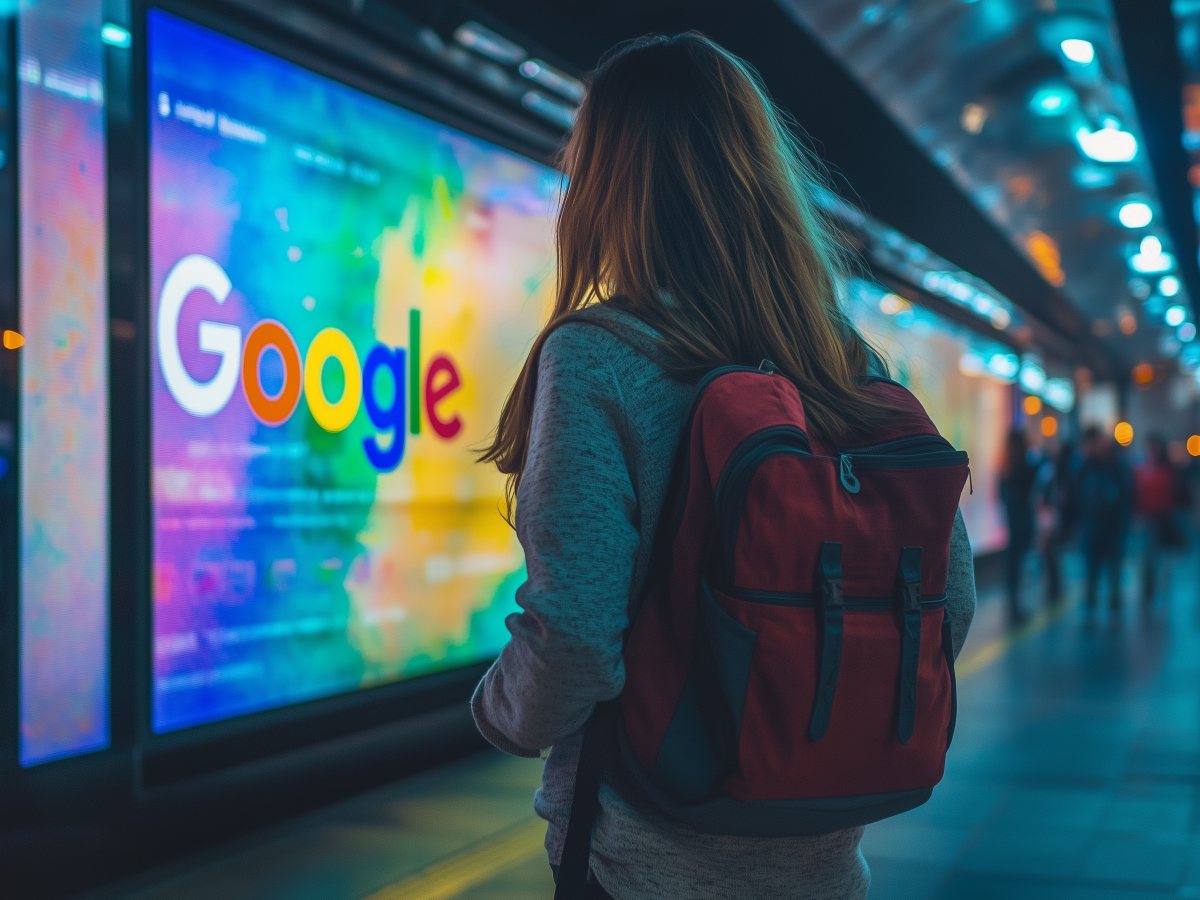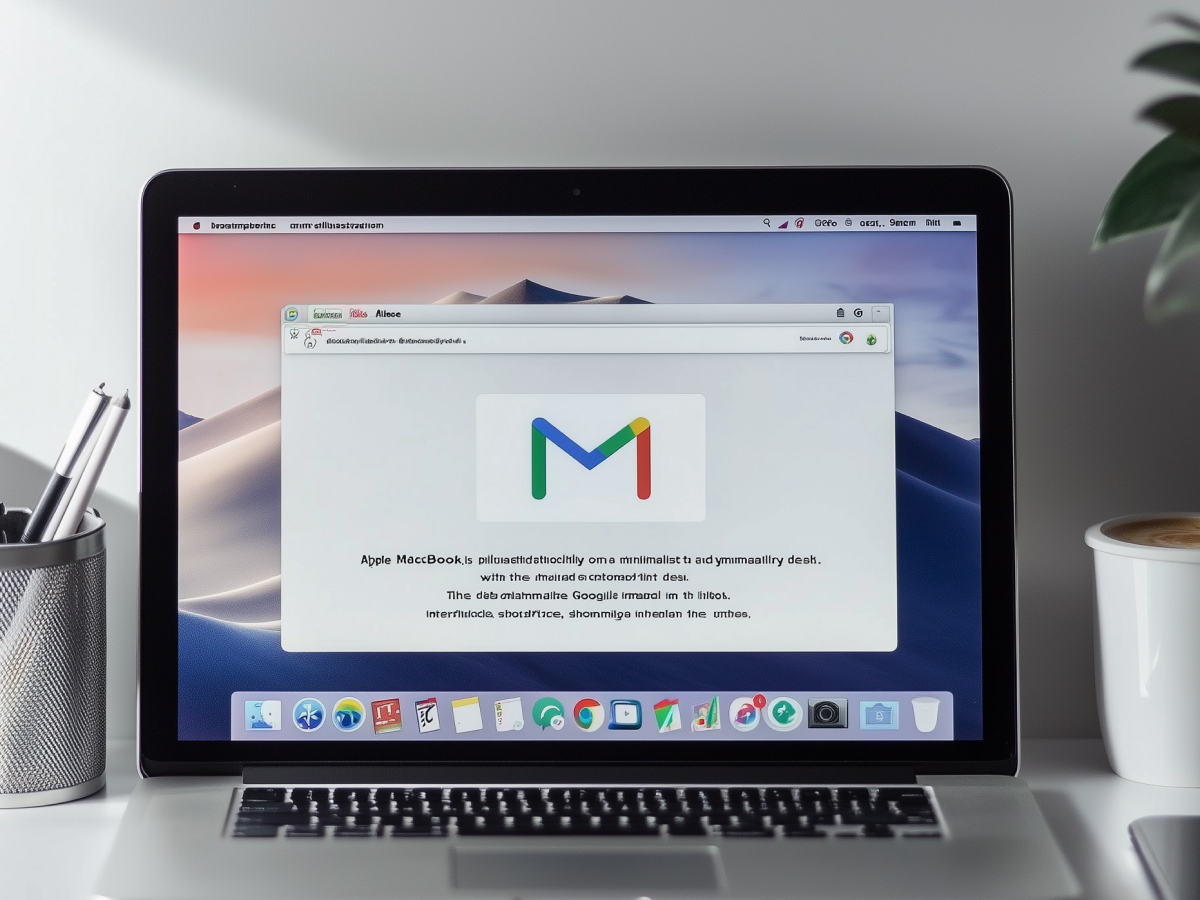ChatGPT is changing content discovery
The way people find and engage with content is changing rapidly, and ChatGPT is at the forefront of this shift. Traditionally, search engines like Google and Bing have dominated content discovery. They rely heavily on keyword-based searches and well-established SEO tactics to serve users with relevant results. ChatGPT, however, is introducing a more dynamic, conversational model that’s changing how information is accessed.
What’s happening here is simple but powerful: ChatGPT is becoming a major traffic driver, particularly for education and technology-focused websites. By November 2024, ChatGPT had sent traffic to over 30,000 unique domains, increasing visibility for sites in these sectors. Unlike traditional search, which relies on pre-defined search intent categories, like informational or transactional searches, ChatGPT’s responses are driven by how people naturally ask questions, often in ways search engines weren’t designed to handle.
The impact is clear. ChatGPT is improving access to information and it’s changing expectations about what online search can deliver. For businesses in the education and tech industries, this means new opportunities to reach audiences in more meaningful ways. If your content answers real problems and helps users make decisions, you’re in the game. If not, it’s time to rethink your strategy.
Longer prompts and unique search patterns
If you think search is just about short, keyword-focused queries, think again. ChatGPT is flipping that model on its head. The average ChatGPT prompt contains 23 words, while search queries average just 4.2 words. Why? Users treat ChatGPT more like a conversation, asking full, complex questions rather than typing a couple of keywords. This changes how information is retrieved and shared.
Even more interesting is how ChatGPT handles user requests. About 54% of queries are answered using ChatGPT’s internal knowledge, while 46% involve external searches. This hybrid approach blends deep contextual understanding with real-time data. In practice, it means users are getting highly customized answers, sometimes from the web and sometimes from ChatGPT’s internal knowledge base.
For companies, this behavior shift is an opportunity. When users ask longer, more detailed questions, they’re looking for deeper, richer answers. If your content delivers those answers, you’re more likely to be part of the conversation.
Divergent referral traffic and demographic profiles
Not all referral traffic is created equal. ChatGPT is driving a very different kind of traffic than traditional search engines like Google and Bing. For instance, Google is still king when it comes to broad, high-volume traffic, but ChatGPT shines in more specialized spaces. It’s sending more users to OpenAI-related sites, tech hubs, and AI-focused platforms. Meanwhile, it also leads Bing in referring traffic to academic publishers, educational resources, and technical sites.
Here’s the demographic twist: ChatGPT users are younger and more likely to be male. Google, on the other hand, pulls in a more balanced audience, including full-time workers, homemakers, and retirees. This difference matters. If you’re targeting tech-savvy, younger audiences, students, developers, or early adopters, ChatGPT is where you want to focus. But if you need broader consumer reach, traditional search engines remain key.
“Knowing your audience is key. Different platforms have different strengths, and winning in this space means understanding where your ideal users are and how they prefer to engage.”
Changing content creation and SEO strategies
We’re in the middle of an SEO revolution. For years, content creators optimized for search engines like Google, focusing on keywords, backlinks, and structured data. Those tactics still matter, but the game is changing fast. ChatGPT and other AI-driven platforms demand a new approach, one that focuses less on ticking SEO boxes and more on delivering content that solves problems, educates, and inspires.
Think of it this way: traditional search optimization is about being “found.” AI optimization is about being “understood.” The two are related but not the same. Large language models like ChatGPT aren’t just looking for keywords, they’re parsing entire paragraphs for meaning and context. If your content isn’t clear, concise, and helpful, it’s unlikely to be referenced by AI systems.
Brenna Kelly, who authored the Semrush report, puts it well: to thrive in this new environment, content must evolve beyond basic SEO principles. It needs to support learning, problem-solving, and creative tasks. That’s where the future lies, not in stuffing keywords, but in offering real, tangible value.
For forward-thinking companies, this isn’t just a challenge; it’s an opportunity. Create content that AI agents can recognize and promote, and you’ll position your business for long-term success in an AI-driven world.
Key executive takeaways
- ChatGPT as a traffic driver: ChatGPT now directs users to over 30,000 unique domains, notably in education and technology. Leaders should review their digital strategies to harness this emerging referral channel.
- New search behavior trends: Users engage with ChatGPT using longer, conversational queries, diverging from traditional keyword searches. Leaders should adapt content to be context-rich and detailed, meeting evolving search expectations.
- Targeted demographic shifts: ChatGPT attracts a younger, predominantly male audience compared to broader platforms like Google. Leaders targeting niche demographics should fine-tune their messaging and digital outreach accordingly.
- SEO and content strategies: AI-driven search demands a move from traditional keyword optimization to value-driven, problem-solving content. Leaders should invest in innovative content strategies that align with AI’s understanding to stay competitive.





